Lhalung, literally meaning “The land of the Gods”, is a small village surrounded by the Tangmar mountain on one side and the river Lingti on the other. Even though it is far-flung and difficult to reach, the Valley is best known for its natural beauty and stunning monastery.
What stands out, truly, the contrasting greenery in the village – which is engulfed by a lot of different crops. While most people don’t venture out to visit this tiny hamlet of magic – there are enough and more hidden gems that will change your entire travel experience.
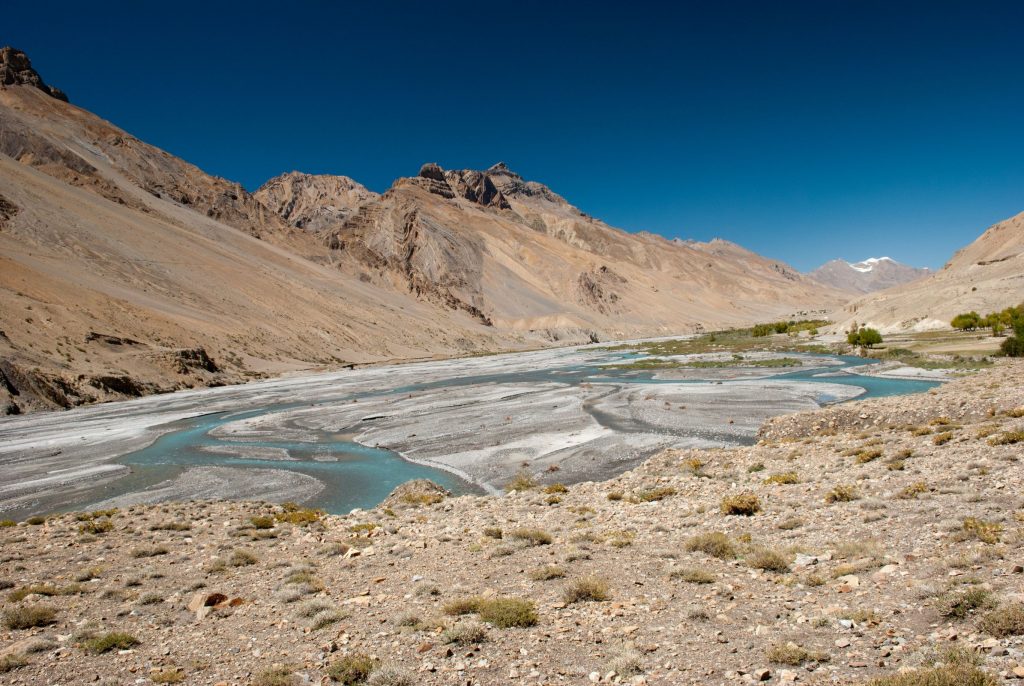
Let's quickly dive into the details:
Lhalung Village Travel Guide
The village gains in popularity thanks to the Lhalung Monastery, Lhalun Monastery, or Lalung Monastery (also known as the Sarkhang or Golden Temple). This was one of the earliest monasteries founded in Spiti, Himachal Pradesh, India, by the great Tibetan Buddhist Iotswa (translator) Rinchen Zangpo.
The village is home to about 45 families and is the largest village in the Lingti Valley. There are remnants of old walls that encircled the monastery that is still erect. Thus, it is probable that, like Tabo, it was designed as a Choshor site, a place for learning and debate as opposed to a simple village monastery or a chapel for worship by the local people. There is also a sacred tree here which may be as old as the earliest monastery.
It is believed that the monastery had a functioning Gompa and many monks studied here up until the 17th century. However, since then, the natural forces of Spiti have left all but an integral structure of only the monastery standing. It is refreshing to witness the pure faith that even the structures and idols in the monastery haven’t been dusted since ages and it is preserved in its “purest forms”!
When you’re in the region, you will be mesmerized by the barrenness of the surroundings, yet the soul of happiness and survival that is embodied throughout the region.
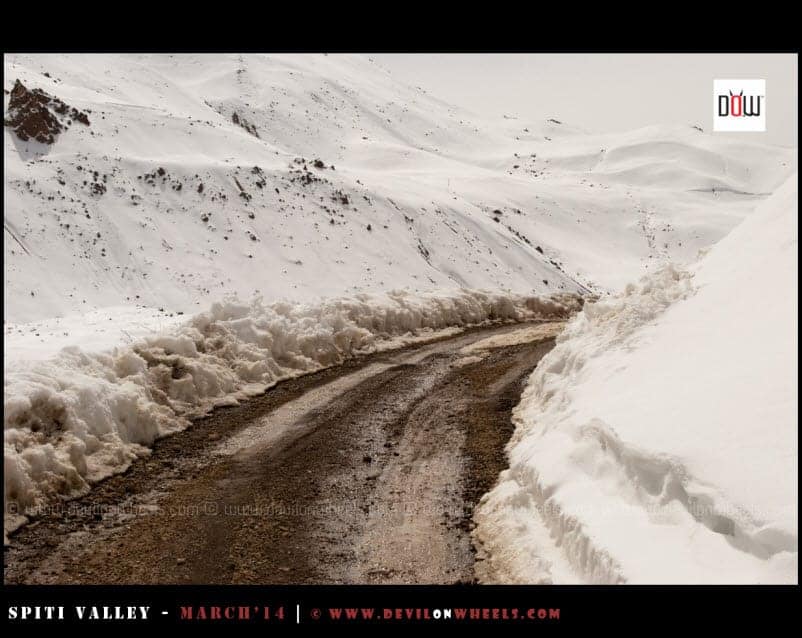
Mythology
The name Lhalun literally means ‘land of the gods’ (Lha = deities, Devtas; Lung = land, area) and it is believed that the Lhalung Devta is head of all the Devtas of the valley. The local folklore dictates that the Devta emerges from the Tangmar mountain beyond the village. This is why, it is believed, that this mountain changes colors. Dependent on the mood of the Devta, one may be able to spot red showing anger, yellow depicting happiness, etc.
The renowned monastery is considered to be one of the oldest monasteries of Spiti Valley dated the late 10th century. Believed to have been constructed overnight by angels near a willow tree that appeared, the locals won’t allow you to touch the walls/ inner sanctuary of the monastery. This is so because they fear the angels might leave the complex. Hence, no protection will be provided to the village. The same willow tree is believed to be still alive in the compound and thus, is thoroughly worshipped as the giver of life.
Whether you believe in local folklore or not – you have to understand and, more importantly, respect the belief system to the region. The people here live in extremely harsh climates and conditions – often very detached from the rest of the world. Hence, it is no surprise that with a lot of grit and stamina they possess, they also like the blessings from up above. This is a huge reason for carrying on and believing in facing all adversities head-on. So, when you’re here, show respect and don’t question their beliefs.
Geography
Lhalung Village is a beautiful part of the Spiti Valley of Himachal Pradesh. It is located at a distance of 28 kilometers from Kaza, 430 kilometers from Shimla, and 230 KMs from Manali. It is at an altitude of 12,000 ft.
Best time to Visit Lhalung Village
As is common with most places in this region of the Himalayas, the best time to visit Lhalung (and complete your circuit of Spiti) is May through September. Roads from both Manali and Shimla will remain open in these months. As an added bonus, the weather will be pleasant. And, of course, this will give you ample opportunities to get out and explore to your heart’s desire.
And do not forget to check our article on the best time to visit Spiti Valley as well because you will not be just visiting the Lhalung village on your Spiti trip.
Weather in Lhalung
Given that the village is situated at exceptionally dizzying heights, expect cold weather throughout the year.
Summer paints another picture. With temperature touching around 20°C during the day and 5°C at night – you’ll consider yourself to be in a little piece of heaven with Lhalung weather during the summer.
Winter is exceptionally rough and the entire region gets buried under a blanket of snow. Easily, temperatures fall below -20 degrees Celsius.
Also, it should be noted that Spiti is in a rain shadow area so it almost never rains here. However, roads leading up to this region (via Manali and/or Shimla) will experience a ton of monsoon from June End- September. So you should avoid traveling during this time for the fear of getting stuck by landslides etc.
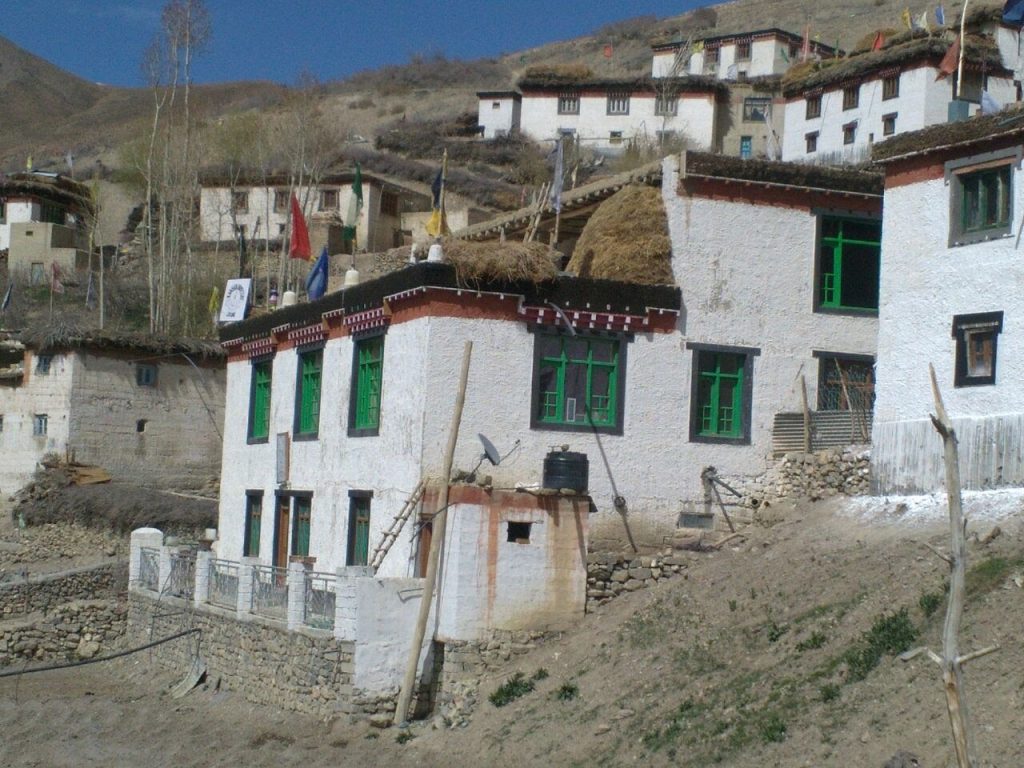
How to reach Lhalung
Here, I make the simple assumption that you’re doing the Spiti circuit if you’re planning on visiting Lhalung. Now, for you to reach the village, you will either have to reach Kaza or Tabo in Spiti Valley. Here’s how.
Via Shimla
The first option is to start your trip to Spiti from the Shimla route and travel via Narkanda – Rampur – Pooh – Nako – Tabo. Overall, this route from Shimla will take you about 430 KMs with a minimum of two days. Although, I do suggest you squeeze in as many days exploring the Kinnaur Valley as you can – it is well worth it!
Via Manali
The other option to travel to Spiti Valley is to go through the Manali route where your major stop points would be Rohtang – Kunzum Pass – Losar – Kaza. This route is far shorter and covers a distance of 230 kms from Manali. While technically you can complete this trip in 11 hours of driving time, again, I suggest you stop and explore the region as much as possible.
Now with the opening of Atal Tunnel in 2020, you can skip the Manali to Rohtang Pass route and save about 2-3 hrs of drive time while traveling from Manali to Kaza via Atal Tunnel.
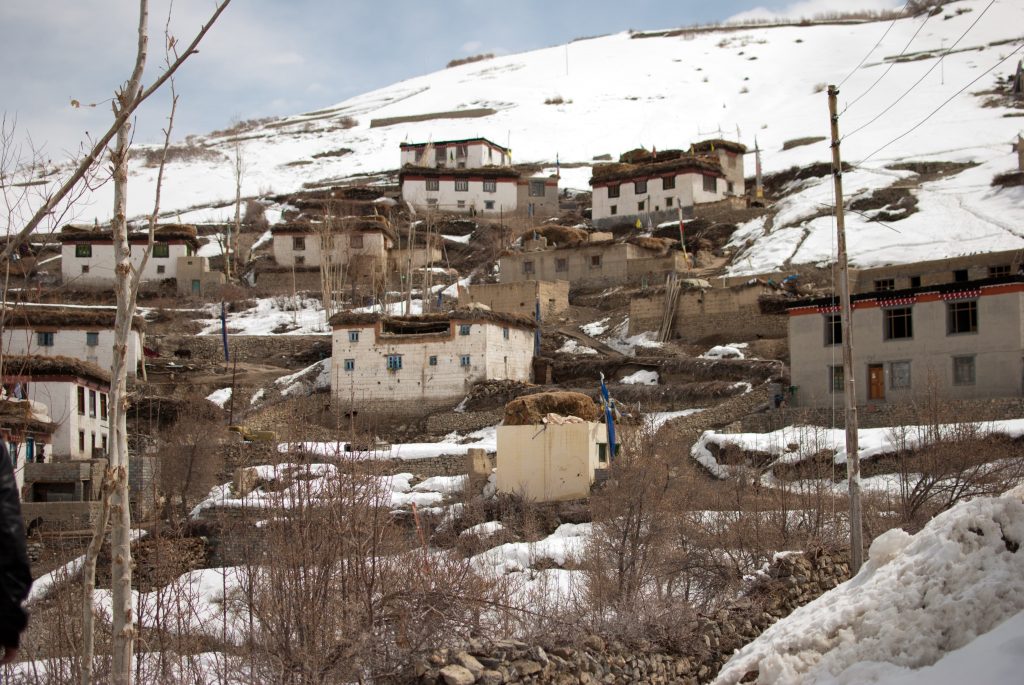
Reaching Lhalung in Spiti Valley
In order to reach Lhalung, you’ll need to traverse through Kaza to Lingti Village, which has the power project plant on Kaza – Tabo road. Now, there are two routes to get to Lhalung.
Routes to Lhalung Village
Attargo Bridge Route
The first route lies on the Shimla Route and here you’ll find a road that bifurcates slightly before the Attargo bridge, about 30 kilometers after Tabo and to your right. If you reached the Attargo Bridge then you have come too far and will have to return about 1.5 kilometers. If you are traveling from Kaza, then this road will fall 1.5 kilometers after Attargo. The road is in decent condition and ends at the Lhalung Village after a smooth drive of about 10 kilometers. Now keep in mind the road climbs steeply for about 30 minutes or so before the village entry.
Dhankar to Lhalung
The second road is from Dhankar and while it is longer – you can cover the Dhankar Monastery on your expedition as well. Full disclaimer – the road is in terrible condition – it is not tarred and might not qualify as a road, even, in some places.
If you’re taking this route, note that just before reaching Sichiling, you get a right turn towards a road connecting to Dhankar Gompa. There are multiple hairpin bends on this route. The views from the monastery are stunning and the old Gompa will have your undivided attention. You may even indulge in a short trek towards Dhankar Lake. The overall journey of the trek will take you an hour and a half – and is worth every minute. If you’re too tired to carry on further, you can even choose to stay at one of the homestays in Dhankar itself!
When you start your journey towards Lhalung, you’ll cross many small villages like Tulse Pena and reach Lhalung in about an hour.
How to reach Lhalung Village by public transport
In case you’re looking for ways to utilize public transport to travel to Spiti Valley – there is a daily bus from Kaza to Lhalung. It starts from Kaza Bus stand at 5.15 pm. It reaches the village in about an hour to 90 minutes and stays there for the night. The next day, it starts from Lhalung at 7.30 AM and arrives at Kaza by 9 AM.
Furthermore, you can also hire a taxi from Kaza to show you around the villages including Lhalung. Depending on your itinerary and negotiation skills, it will cost you about Rs. 4000 – Rs. 5000 per day.
Another option would be rent a motorcycle (costing around INR 1000/day).
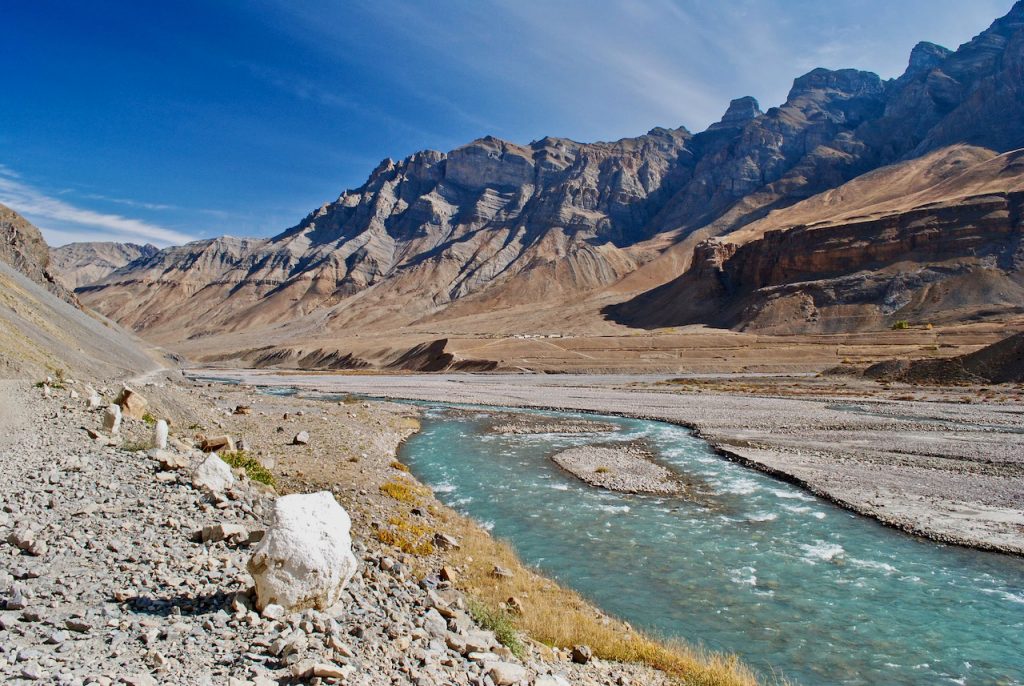
Recommended Itinerary
No matter whether you choose Shimla or Manali as your starting destinations for Spiti, I suggest you break your halt at Kaza either way. On the next day, you should start your exploration by taking day-long trips to cover nearby villages. Such as Kibber, Hikkim, Langza, Demul, Lhalung, and Mane Villages, etc.
I highly recommend a stay at Lhalung, to truly absorb the unique culture of the region. Add to that the immense beauty and stillness that the tiny village provides and you will be in a happy place!
However, if you’re on a tighter schedule (totally understandable given the city lives we lead!), I suggest you choose to take a short detour when traveling from Shimla to Kaza as suggested above. This way, you’ll have covered this beautiful village all before touching Kaza.
However, if you’re traveling by public transport, you won’t have much choice. You will reach Tabo or Kaza and then board a subsequent bus to Lhalung in the evening. Because of the extreme remoteness- you will have to spend the night in the village as there are no night-time buses.
Trekking to Lhalung Village
For the travel enthusiasts who really want to connect with the place and have a full feel of the region – you may choose to trek to Lhalung. The most common trek is the one that connects Demul Village to Lhalung. It will take you a few hours to walk the entire distance but the views you get are quite stunning. From Demul, you walk down a gorge, cross a small river, then trek up to Lhalung Village.
Things to do in Lhalung Village
Given that this is an extremely isolated village; I am sure you don’t expect a long list of touristy things to do here. Natural beauty and magic are clearly the major draws to visit this wonderland. Simply watching the sky change colors, observing the daily hum-drum of the village life is in itself a beautiful activity altogether.
The Monastery and the Undying Tree
Of course, the biggest draw to this place is the Lhalung Monastery. The legend goes that in the 10th Century, in order to please the Gods, the villagers wanted to build a monastery. So, they requested Rinchen Zangpo, to select a holy site. He handed one of the villages a few twigs of Sea buckthorn tree and told them to plant those at different sites of the village. However, only one of those twigs bore a new leaf – and that place was considered holy. Lo-and-behold – the very next day, a monastery was found in the same location. The villagers believe the tree is blessed and it never dies!
Other things to do in Lhalung Village
Learn the daily life of this beautiful hamlet. Interact with the local folk. Go on short treks around the village and experience the local culture.
Obviously, you don’t want to visit a place like this to indulge in a ton of activities – you come here to experience peace! So do that.
Where to Stay
Given that the village is home to about 45 families, it would come as no surprise that there are no hotels or guesthouses here. And, the only choice of accommodation is at homestays. Most of the villagers have extended their homes by a few rooms and rent those out to tourists.
What and Where to Eat
There are no restaurants or Dhabas here. You will eat at your homestay only. The food will be very basic, simple but delicious enough. Talk to your homestay owner if you want to try eating some local dish and if they can prepare. Most villagers will be happy to share their joy of food with you – so please don’t hesitate!
FAQs
Is there a decent mobile phone Mobile Network?
The only network that MIGHT work is BSNL. And chances of that catching a signal are also very slim. Even if you DO get any connectivity – the quality will be terrible. All in all, just simply assume that you won’t have any connectivity and enjoy connecting with nature!
Is there electricity availability in the village?
Funnily and in a very pleasant surprise, yes, there is electricity in the village. It is no small feat that the Himachal government has installed solar panels in every house that locals use to generate electricity. However, don’t abuse this privilege as the electricity is not endless! Another pleasant surprise was the homes also have TVs which are connected to satellites! The government provides for free cable.
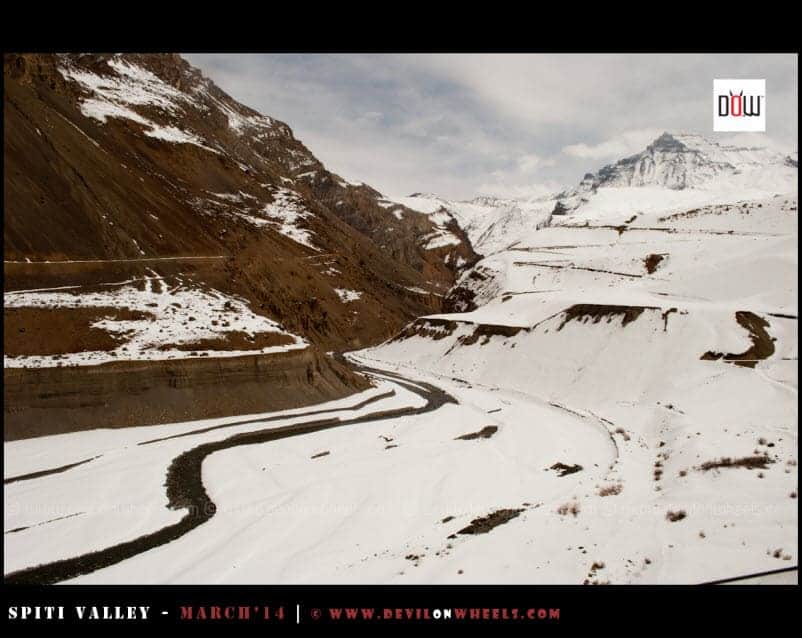
Conclusion
What a wonderful time to be alive. The fact that such places exist and we have the means to visit these gems is a delight in itself. I hope the information above on visiting Lhalung Village in Spiti Valley was of help.
Have a travel question?? You can subscribe to my YouTube channel and leave a comment to ask your travel questions about traveling to the Himalayas.
If you have any questions, or need any other details, please feel free to ask in the comments section below!





